The Board Game at the Heart of Viking Culture
An ancient game known as “hnefatafl” held immense symbolic and religious significance.
The Icelandic saga Hervör and Heidrek abounds with tropes instantly familiar to modern fantasy fans. Regarded as a key influence on classic early-20th century works in the genre, the 13th-century tale features dwarves, a tragic curse, a magical sword, and, perhaps most recognizable of all to fans of J.R.R. Tolkien’s The Hobbit, a fateful contest of riddles.
The contest begins in the saga’s closing chapters when Heidrek, King of the Goths, summons to court his enemy, Gestumblindi. Fearing execution, the latter resorts to desperate measures: He seeks help from Odin, the most powerful and notoriously capricious Viking god. Seemingly content with Gestumblindi’s subsequent sacrifice, Odin agrees to transform himself into a doppelgänger and take the man’s place at court. Rather than submit himself to the judgment of Heidrek’s council, the disguised god convinces the king to settle the matter through a game of wits.
The story’s subsequent riddles illustrate countless facets of life during the Viking Age—most notably riddle 13, which provides rare insight into an intriguing Nordic pastime. “What women are they,” asks Odin as Gestumblindi, “warring together before their defenseless king; day after day the dark guard him, but the fair go forth to attack?” For centuries, Heidrek’s answer to this riddle has fascinated archaeologists and historians alike. “This is the game of hnefatafl,” he says, “the darker ones guard the king, but the white ones attack.”
Heidrek’s reference, here, is one of several in the Icelandic sagas to an ancient board game known as hnefatafl (pronounced “neffa-tafel”). Ubiquitous among Nordic settlements during the early Middle Ages, the game was played on a checkered wooden tablet similar to the modern-day chess board. Once a relative mystery to researchers, archaeologists now believe it held immense symbolic and religious significance.

Over the past 150 years, excavators have unearthed large quantities of gaming material from Viking boat burials. Dating from the 7th to the 11th centuries, most of it consists of checker-like pieces constructed from glass, whale bone, or amber. These pieces range from ordinary discs to ornate figurines and are usually uniform in shape and size, save for one prominent king piece, known as the hnefi. The archaeologist Mark Hall recently chronicled the contents of 36 burials containing such pieces in a 2016 article for The European Journal of Archaeology. This material, he says, indicates the game was much more than a frivolous way to kill time between raids. “Its presence in these burials suggests it was an aspect of everyday life that was desirable to see continued,” he says, as well as “a significant element that helped define the status of the deceased.”
That archaeologists and game historians can confidently make such claims is a testimony to more than 100 years of painstaking research. Indeed, until the early 20th century, few scholars differentiated hnefatafl from other contemporary board games. Early published editions of the Sagas relied upon wildly disparate translations of medieval Icelandic texts, which also confused the matter. Because the oldest extant copies of these documents often refer to the game as “tafl”—a Germanic word denoting “board” or “table”—translators regularly mistook references to it for generic allusions to chess. This resulted in ill-informed interpretations among 19th-century researchers not only of Odin’s riddle for King Heidrek, but also of a notable scene in Frithiof’s Saga, in which the titular hero uses the game as an elaborate metaphor for military strategy.
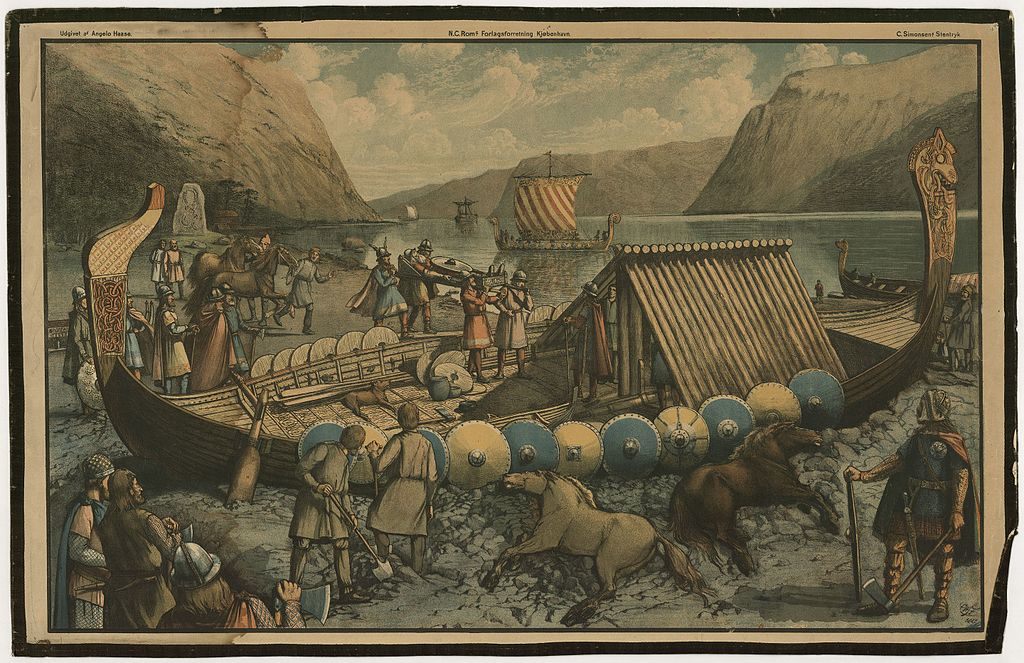
According to the archaeologist David Caldwell, author of The Lewis Chessmen Unmasked, such mistakes among early chess historians are not surprising. Chess, he says, dates to sixth-century India, and its origins are possibly even older. By the Viking Age, it had also reached Europe. “Both hnefatafl and chess were played side by side,” he says. “It is not always clear from early sources which game is being referred to, but double-sided boards are known with one side suitable for one game and the other for the other game.”
It wasn’t until the early 20th century that historians realized the games shared little in common beyond a checkered board and a prominent “king.” In his 1905 monograph Chess in Iceland and in Icelandic Literature, the scholar Willard Fiske devoted dozens of pages to how the games differed. “For whatever we may not know about hnefatafl,” he concluded, “we do know it could never have lain in the same cradle as chess.” Instead, he suggested, it belonged to a family of “tafl” or “table” games played in Europe throughout the Middle Ages.
Eight years later, the historian H.J.R. Murray confirmed this theory. While researching his classic A History of Chess, he isolated an arcane reference to a game called tablut in the diary of Carl Linnaeus, the Swedish botanist. Linnaeus encountered the game during a 1732 trip to Lapland, at which time he jotted down its basic rules. After comparing these rules to the game mentioned in the Sagas, Murray hypothesized that “it is extremely probable that [tablut] is identical with the old hnefatafl.”
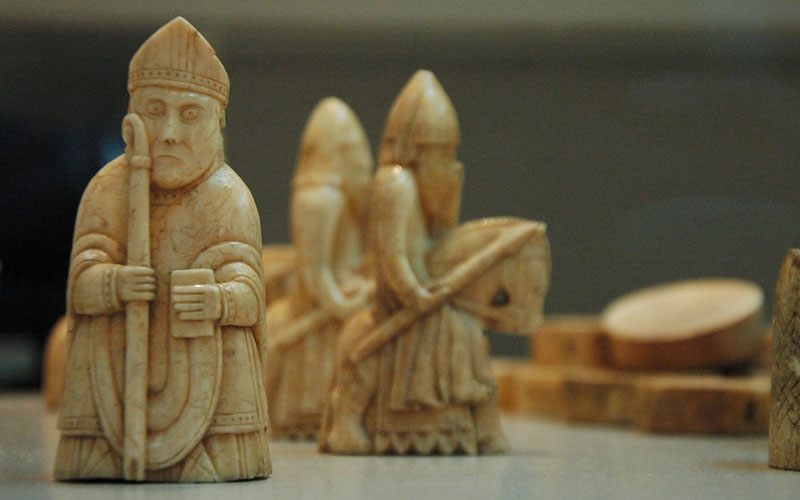
As described by Linnaeus, tablut pit an offensive player against a defensive opponent. The latter placed a king piece in the central square of a checkered board and surrounded it with defenders. This player attempted to win the game by maneuvering the king to one of the four corners of the board. The game’s rules awarded the opposing player a superior number of pieces, which were placed in formation around the king’s defense. This player won by occupying all four squares around the king. All pieces in the game moved horizontally and vertically, like the rook in chess.
Throughout the 20th century, Murray’s theories gained traction after he and other historians turned up references to similar games played in Wales, Ireland, and Saxon England between the 11th and 16th centuries. Among others, this included Fithcheall, Alea Evangelii, and Fox and Geese. Like hnefatafl, all of these games involved chasing and capturing a centrally located piece. Most scholars now believe these so-called “hunt games” descended from the Roman game: ludus latrunculorum.
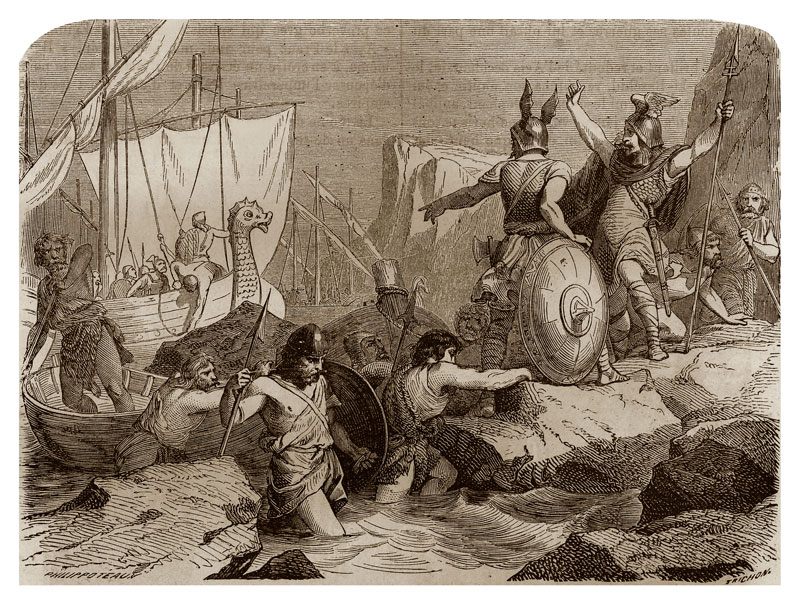
Wherever hnefatafl falls on this genealogical chart, it seems to have meant much more to the Vikings than its offshoots did to their neighbors and descendants. According to Hall, this is evidenced not only by its inclusion in boat burials, but also by where Vikings placed the material within these graves. “The majority were placed mid-ship, but it depended on the size of the boat and the nature of the deceased,” he says. The symbolism inherent in this placement had “less to do with where in the boat than where in relation to the body.”
In many cases, Vikings placed a hnefatafl board on or near the deceased’s lap. Others seem to have placed gaming pieces on top of the grave itself. In 2005, the archaeologists Martin Rundkvist and Howard Williams excavated 23 amber game pieces buried in this manner at a site in southern Sweden. In a subsequent article for Medieval Archaeology, they speculated that Vikings may have seen this placement as “a means of assisting the transformation of the deceased into the afterlife or ancestral state.” These same Vikings, they added, might also have anticipated “future games, perhaps imagining a lordly lifestyle of gaming, feasting, and fighting in the next world.”
According to the historian Helène Whittaker, this “lordly lifestyle” is important to understanding what hnefatafl meant to the Viking hierarchy. “Gaming pieces were sometimes made of prestigious materials,” she says. “This suggests that there was a connection between conspicuous leisure and the playing of board games.” Additionally, Viking Age board games were predominately modeled after war. That most hnefatafl pieces are found in male as opposed to female graves “suggests that there was a recognized connection between [board games] and the warrior ideology of elite men.”

This connection between hnefatafl and war only adds more fodder to a recent debate regarding a controversial grave within a famous mass burial site on Björkö Island, just west of Stockholm, Sweden. Among the 1,100 graves at the site, a team of researchers reevaluated a tomb last year thought to have belonged to a high-ranking Viking warrior, after DNA analysis revealed its remains belonged to a woman. Skeptics suggested nothing about the grave proved its occupant held authority in her community—but the lead researcher Charlotte Hedenstierna-Jonson believed otherwise. The hnefatafl board on the occupant’s lap, she told the New York Times in 2017, suggested this warrior made “strategic decisions, that she was in command.”
Whatever the presence of hnefatafl pieces meant in this particular grave, it’s undeniable the game was highly symbolic in any burial in which it was included. “In life, strategic thinking and fighting ability were fundamental to success on the gaming board and such success accentuated the status of a warrior,” Hall wrote in 2016. “Placing the gaming kit in the grave served to remember or commemorate that status and skill and to make it available for the deceased in the afterlife.”
It’s not surprising, then, that hnefatafl permeated Viking literature like Hervör and Heidrek, Frithiof’s Saga, and the origin myth Völuspá. Storytellers of the era saw the game as an apt but accessible metaphor—one their audience would immediately recognize as important. Indeed, imbued with real-world and existential meaning, hnefatafl seems not only to have resided at the center of contemporary burials but also at the very heart of Nordic culture in the Viking Age.
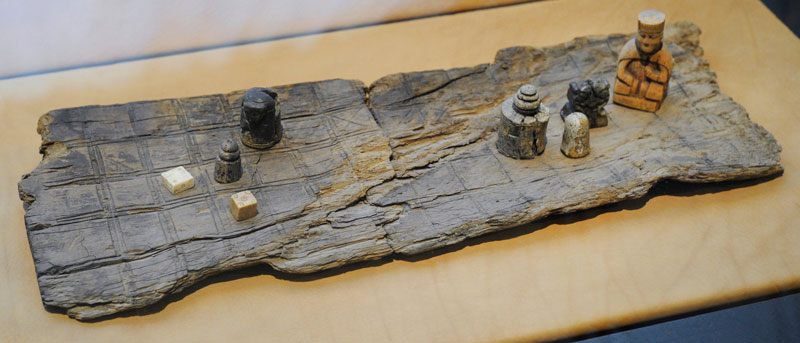



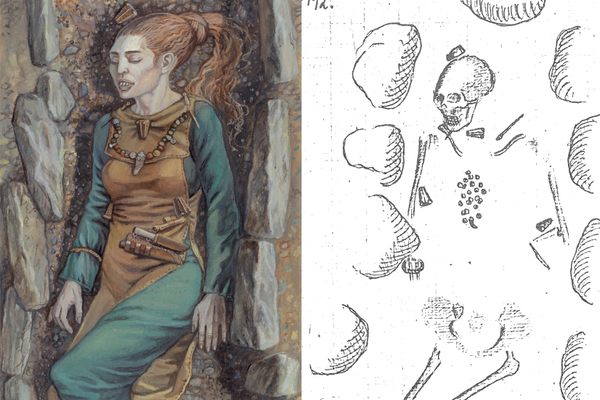

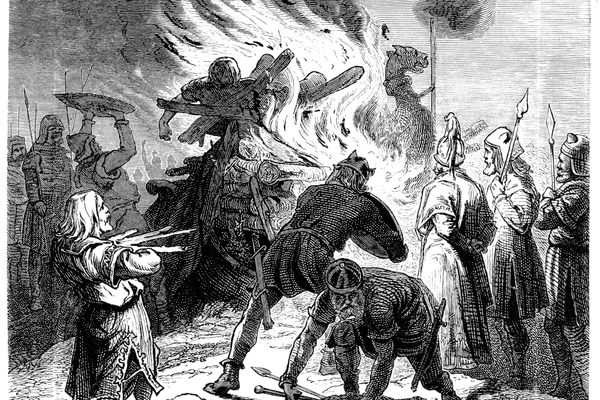





Follow us on Twitter to get the latest on the world's hidden wonders.
Like us on Facebook to get the latest on the world's hidden wonders.
Follow us on Twitter Like us on Facebook